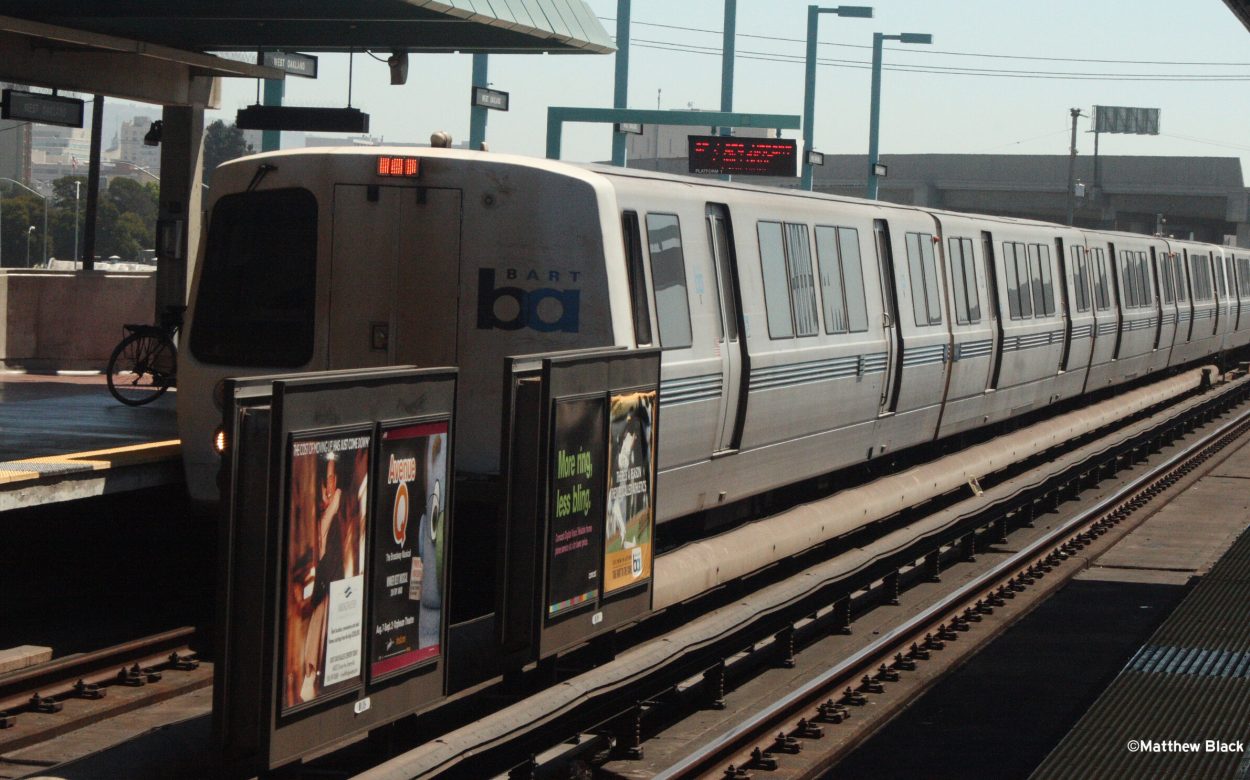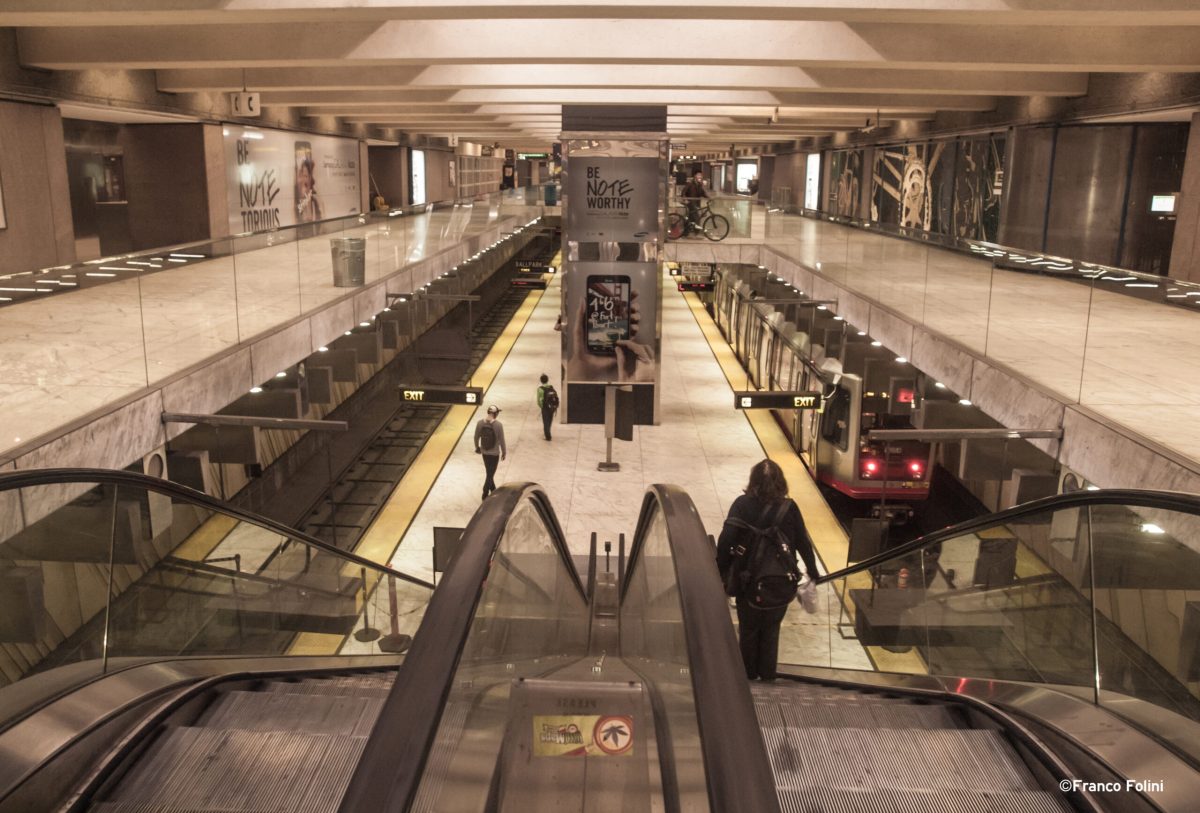Creating a bigger bureaucracy won’t fix Bay Area transit
By Steven Greenhut | January 26, 2024
Note: This is a longer version of an op-ed that ran earlier this week in the East Bay Times.
When government agencies face daunting problems, it’s not uncommon for lawmakers to propose some “solution” that amounts to rearranging the deck chairs on the Titanic – i.e., a pointless bureaucratic revamping that does nothing to address the obvious iceberg. The latest example involves the San Francisco Bay Area’s myriad transit systems.
The problems are hard to miss. Bay Area Rapid Transit, which offers heavy rail and subway service in five counties, has seen its ridership numbers plummet following the COVID-19 disruptions. Ridership has only returned to 43% of pre-pandemic levels, leaving BART with the worst recovery of any big-city transit system in the country.
San Francisco’s Muni, which operates buses, trollies, cable cars and light rail within the city, is struggling too, but has returned to 70% of , according to agency figures. Facing financial Armageddon, both systems (and most others statewide) threatened severe service cutbacks.


Gov. Gavin Newsom and the Legislature’s budget deal this year included a $5.1-billion bailout for local transit to stem the financial bleeding. That included $747 million for the Bay Area’s 27 transit entities, which include Caltrain (the peninsula’s commuter line), Golden Gate Ferry and suburban bus services. The – $660 million, per the San Francisco Standard – went to BART and Muni.
Some lawmakers recognize the problem, but are focusing on deck chairs instead of root causes. Sen. Alisha Wahab, D-Fremont, this month introduced Senate Bill 397 to start a “conversation” about the administrative structure of Bay Area transit. It directs the existing Metropolitan Transportation Commission to “develop a plan to consolidate all transit agencies” within its region.
“(I)t does not make sense to anyone to have 27 different public transportation agencies in nine Bay Area counties,” she told the San Francisco Chronicle. “The goal is we need an independent agency to be able to look at, where are the gaps, how can we streamline, how can we make it more efficient?” She ran into a fusillade of entrenched resistance. A few days later, she pulled the bill before its first hearing.
But the idea isn’t going away. In a follow-up report, the Chronicle explained that transit activists and several MTC commissioners have proposed a ballot measure to promote consolidation. The newspaper references a 2021 report from Seamless Bay Area, which argues for “a network manager … with the mandate and resources to integrate and expand all forms of public transportation in our region into a cohesive, easy-to-use network.”
Is this the most government approach ever? Create a host of encrusted agencies that do a poor job of providing service and hemorrhage funds thanks to lush union contracts and large staffing for unnecessary departments. (BART’s salaries are eye-popping, which might explain one reason the agency can’t make ends meet.) When the predictable problems ensue, empower a “czar” to oversee the Byzantine mess. This never results in new “efficiencies.”
The large number of Bay Area transit systems sounds unwieldy, but decentralization is better than just having one enormous, even-less-accountable super agency. As transit consultant Lou Thompson argued last month in San Jose Spotlight, two of the area’s main transit systems – BART and Caltrain – “are completely different modes of transit.” Uniting them under one umbrella will likely just rearrange the costs while yielding no net savings.
Furthermore, he notes, “nothing prevents Caltrain and BART from coordinating schedules and fares now.” He calls the idea a “distraction from real solutions” that would simply “create an entirely new set of financial, operation and legal challenges at a time when they can least afford it.” Indeed. Supporters of consolidation know the system is a mess, so they’re looking for quick-fix ideas that avoid the hard work of making substantive transit improvements.
Why not start with the low-hanging fruit? In a May Bay Area Council survey, 45% of area residents said concerns about crime, safety and cleanliness keep them from taking BART more often. Many residents don’t take transit because routes don’t align with their travel plans. We don’t need a new mega-agency to deal with real crime problems, grime, poor scheduling and insufficient bus or train routes.
The survey found 19% of residents don’t take transit because they don’t commute, thus pointing to systemic changes (i.e., remote work, declining urban populations) that have affected transit systems built upon a traditional commuting model. That’s not easy to fix, but is a reminder that large bureaucracies don’t adapt well to change. Smaller agencies are more in touch with riders and better able to adjust routes or adopt creative approaches such as micro-transit.
Instead of wasting time on a long political battle to create more bureaucratic deck chairs, advocates for better transit should work on the basics – more bus routes, cleaner and safer trains, tighter budgets and better service for residents.
Steven Greenhut is director of the Free Cities Center. Write to him at [email protected].
